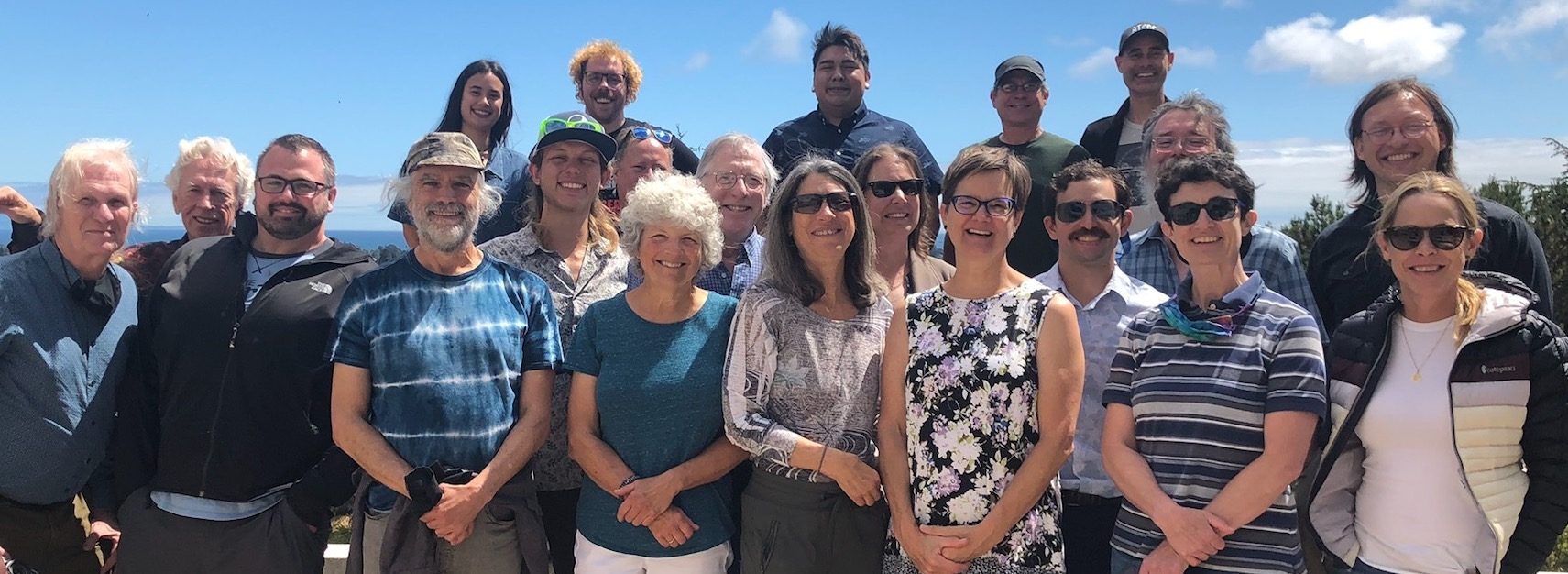We realize that it is sometimes difficult to keep up with all of the new features and data sets in the Genome Browser. After all, we release new annotation tracks almost daily, and we update our software every three weeks. This post highlights a smattering of the most recent updates.
Browser & Track Hub Features
– Personalize your view of GENCODE Genes
In addition to choosing which GENCODE Gene tracks to view (e.g. basic gene set, PolyA, pseudogenes), you can now filter and highlight transcripts within the tracks. Try it here (click on the “Genes” link).
– Display your bigWig data on the other strand in your track hub
Use the new trackDb setting, negateValues on, to allow your bigWig data to be displayed on the Crick strand. This setting negates the values in the wiggle file, meaning that positive values become negative and vice versa. This is useful for wiggles representing transcription or other activities on the Crick strand. Note that wiggles with negative values are drawn in the color specified in altColor, not color as positive values are.
– Disconnect your hub automatically
If you need to automatically disconnect your hub, you can use the hubClear variable in the URL. This is especially helpful for users who are creating hubs dynamically. For example, to disconnect the urlOfHubToClear hub, use a URL constructed like so:
http://genome.ucsc.edu/cgi-bin/hgTracks?db=hg19&hubClear=http://urlOfHubToClear
– Enable BLAT for your assembly hub
If you have created your own assembly hub you can now set up a BLAT server to enable quick mRNA/DNA and cross-species protein alignments. All you need is a server from which you can run gfServer, and the .2bit file containing the sequence of your assembly. Read the detailed instructions here.
Note that the BLAT and gfServer programs and source code are freely available from the University of California Santa Cruz for academic and non-commercial use. A license is required for commercial use.
Annotation Tracks & Assemblies
– dbSNP v141 for hg19/GRCh37 & hg38/GRCh38
We released four annotation tracks from human Build 141 of NCBI’s database of short genetic variations, dbSNP. This release marks the first set of data available for the newest human assembly, hg38/GRCh38. Read more.
Since then, NCBI has released the next database update: dbSNP Build 142. We have derived another four tracks from this release, which are currently undergoing our rigorous quality assurance process and will be released very soon.
– Proteomics data available for hg19/GRCh37: PeptideAtlas track & CPTAC data hub
Data from the National Cancer Institute’s (NCI) Clinical Proteomic Tumor Analysis Consortium (CPTAC) is now available in the UCSC Genome Browser as a public track hub. This track hub contains peptides that were identified by CPTAC in their deep mass spectrometry-based characterization of the proteome content of breast, colorectal and ovarian cancer biospecimens that were initially sequenced by The Cancer Genome Atlas (TCGA).
In addition, we have also released a PeptideAtlas track that displays peptide identifications from the PeptideAtlas August 2014 (Build 433) Human build. This build, based on 971 samples containing more than 420 million spectra, identified over a million distinct peptides covering more than 15,000 canonical proteins. Read more.
– GenBank track updates
We have reduced the frequency of GenBank data updates for assemblies other than human and mouse. The GenBank-based tracks for selected recent assemblies are now updated about once a week rather than daily. The remainder of the 150+ assemblies in the Genome Browser are updated whenever a newer assembly is released and after that, about once a month. The GenBank update schedule for the human and mouse assemblies remains unchanged. Read more.
– UniProt track for hg19/GRCh37
We have added a UniProt track to hg19/GRCh37, and merged the old PFAM (Protein Families) track into it. Check it out here.
– New assembly browsers:
- Cow, Bos taurus, bosTau8 – sequenced/assembled by University of Maryland (UMD 3.1.1)
- Fruitfly, D. melanogaster, dm6 – provided by the FlyBase Consortium/Berkeley Drosophila Genome Project/Celera Genomics
- Ebola Virus, Sierra Leone 2014 outbreak, eboVir3 assembly browser and portal
New Product
– Genome Browser in a Box (GBiB)
In case you missed the previous blog post, we have created an easily installable version of the Genome Browser. You can set it up in just a few minutes on your laptop for private browsing of your own data alongside the native annotation tracks. It’s fine-tuned to work with hg19/GRCh37, but it works with all other assemblies as well. If you have genomic sequence for other organisms, you can add your own assembly hub. Read more.
If you would like to stay informed about our new features and data sets, you are welcome to subscribe to our low-volume announcement mail list: genome-announce@soe.ucsc.edu
If after reading this blog post you have any public questions, please email genome@soe.ucsc.edu. All messages sent to that address are archived on a publicly accessible forum. If your question includes sensitive data, you may send it instead to genome-www@soe.ucsc.edu.


